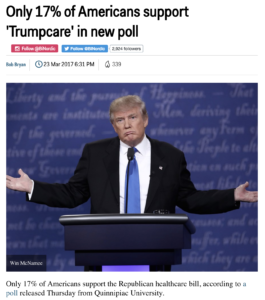 Minnesota gubernatorial candidate Jeff Johnson (R-Plymouth) is crying foul over an Alliance for Better Minnesota television ad that says Johnson’s health care proposals would take health care away from Minnesotans who need it.
Minnesota gubernatorial candidate Jeff Johnson (R-Plymouth) is crying foul over an Alliance for Better Minnesota television ad that says Johnson’s health care proposals would take health care away from Minnesotans who need it.
But the Alliance’s ad is accurate. Without question, the health care “reform” approach candidate Johnson is promoting during his campaign would take health care away from Minnesotans who need it.
Let’s break down the proposed JohnsonCare plan, piece-by-piece.
Johnson Eliminating ACA Protections
Johnson wants to make the Affordable Care Act (ACA) a thing of the past in Minnesota, via a federal waiver granted by the Trump Administration. More specifically, Johnson wants to eliminate the ACA approach that has:
- Protected Record Numbers of Minnesotans. Under the ACA framework, Minnesota achieved the highest rate of health care coverage in state history.
- Made Previously Unaffordable Protections Affordable. For lower and middle-income Minnesotans who don’t get coverage through their employer, the ACA has provided hundreds of millions in financial assistance to reduce or eliminate premium costs.
- Strengthened Minnesotans’ Protections. The ACA also banned the hated preexisting condition denials, insurance payment limits, and dangerous junk coverage. Because fewer Americans are no longer living one illness or injury away from being crushed by a mountain of bankrupting medical bills, personal bankruptcies have decreased by 50 percent during the time the ACA has existed.
If Johnson eliminates the increasingly popular ACA protections in Minnesota, that all goes away. So yes, in several different and dramatic ways, Johnson absolutely would take health care away from Minnesotans who need it. The ad is correct about that.
Johnson’s False Claims
Johnson’s criticism of his opponent’s health care proposal is also utterly ridiculous. Johnson says claims opponent Tim Walz “wants to eliminate private health insurance and force all Minnesotans onto one government program.”
The reality is, Walz supports a MinnesotaCare buy-in option. Under that approach, Minnesotans would have the option of either buying private plans or buying into the MinnesotaCare program, which is a government program operated by private health insurance programs.
In other words, Johnson’s claims that Walz wants to “eliminate private health insurance” and “force all Minnesotans onto one government program” are flat wrong.
If Walz is proposing a government-run single payer plan in the short-term, I’m not aware of it. Even if that were true, Johnson’s inference that eliminating private insurance in favor of government run health care would hurt Minnesotans is also wrong. After all, Medicare, a government-run health plan, is popular and effective. Medicare is helping Minnesotans, not hurting them.
Moreover, government run health plans are used in many other developed nations. Compared to the United States, consumers in those nations have 1) universal comprehensive coverage, 2) lower overall health costs and 3) better overall health outcomes.
JohnsonCare and TrumpCare
Instead of the ACA, Johnson wants to back a high risk pool program that was very expensive for both consumers and taxpayers when it was used pre-ACA. Minnesota Public Radio reported:
Craig Britton of Plymouth, Minn., once had a plan through the state’s high-risk pool. It cost him $18,000 a year in premiums.
Britton was forced to buy the expensive MCHA coverage because of a pancreatitis diagnosis. He calls the idea that high-risk pools are good for consumers “a lot of baloney.”
“That is catastrophic cost,” Britton says. “You have to have a good living just to pay for insurance.”
And that’s the problem with high-risk pools, says Stefan Gildemeister, an economist with Minnesota’s health department.
“It’s not cheap coverage to the individual, and it’s not cheap coverage to the system,” Gildemeister says.
MCHA’s monthly premiums cost policy holders 25 percent more than conventional coverage, Gildemeister points out, and that left many people uninsured in Minnesota.
Johnson also wants to promote “junk,” “short-term,” or “skinny” plans, which are cheap because they don’t cover basic protections. Promoting junk plans to reduce health care costs is like promoting cheaper cars lacking seat belts, airbags, crumple zones, safety glass, and anti-lock brakes. They look good if you’re only considering the price tag, but they’re a disaster when you and your family are in dangerous situations and desperately need those life-saving protections.
On health care, as with so most other issues, Jeff Johnson is aping Trump. President Trump is obsessed with eliminating Americans’ ACA protections in favor of a skimpy TrumpCare replacement. Trump insists that TrumpCare will cover everyone and cut costs, while the nonpartisan Congressional Budget Office finds that 23 million Americans would lose their protections, and millions more would pay higher premiums.
So Minnesotans, if you like TrumpCare – and only 17% of Americans do – you’re going to love JohnsonCare.

 The coverage in
The coverage in 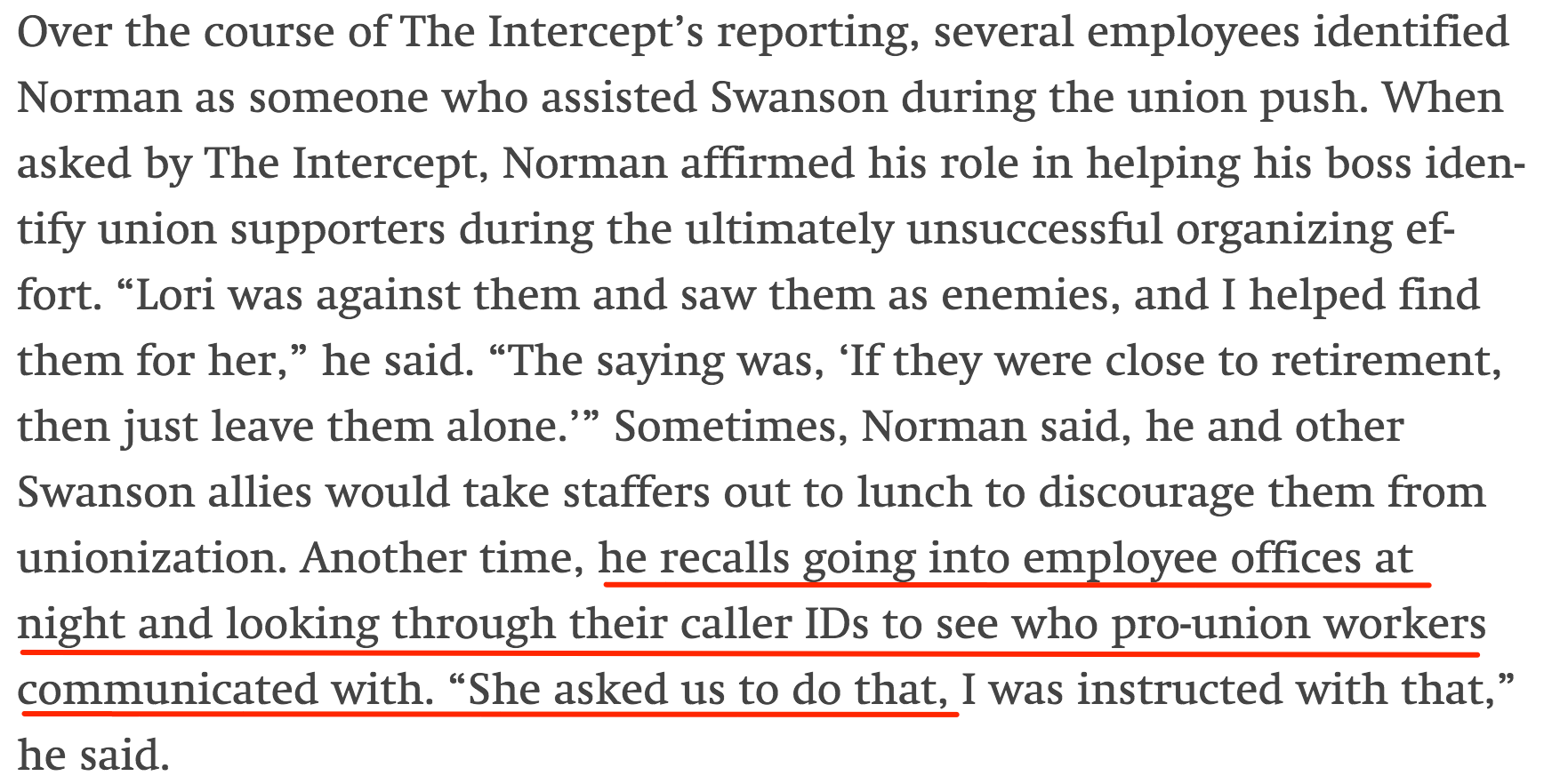

 Wait, what? A guy who work worked at Lori Swanson’s side for years says he was wiretapping employees at Swanson’s behest, presumably so Swanson could retaliate against them? I’ll leave it to others to determine whether this kind of alleged spying on employees is illegal, but it certainly is, if true, supremely creepy and unethical.
Wait, what? A guy who work worked at Lori Swanson’s side for years says he was wiretapping employees at Swanson’s behest, presumably so Swanson could retaliate against them? I’ll leave it to others to determine whether this kind of alleged spying on employees is illegal, but it certainly is, if true, supremely creepy and unethical. On social media and on the campaign trail, I see a lot of self-indulgent, self-righteous scream therapy from the left. There is a lot of snide mocking and scolding of Trump voters. Trump voters are called “stupid,” “naive,” “racist,” and worse. As Trump becomes more untruthful, unhinged and un-American by the day, frustrated progressives lash out with greater ferocity at the 46 percent of Americans who voted for Trump in 2016.
On social media and on the campaign trail, I see a lot of self-indulgent, self-righteous scream therapy from the left. There is a lot of snide mocking and scolding of Trump voters. Trump voters are called “stupid,” “naive,” “racist,” and worse. As Trump becomes more untruthful, unhinged and un-American by the day, frustrated progressives lash out with greater ferocity at the 46 percent of Americans who voted for Trump in 2016.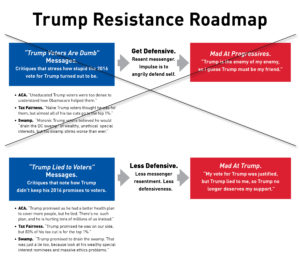 I’m not naive about this. I understand that this messaging nuance won’t persuade every Trump voter. Nothing will persuade Trump voters who are deeply racist, closed minded, or hopelessly brainwashed by the propaganda spewed on Fox News and conservative talk radio.
I’m not naive about this. I understand that this messaging nuance won’t persuade every Trump voter. Nothing will persuade Trump voters who are deeply racist, closed minded, or hopelessly brainwashed by the propaganda spewed on Fox News and conservative talk radio.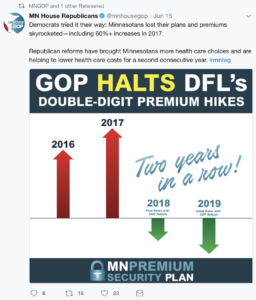 Exuberant Minnesota Republicans seem to think they have a winning health care issue for the 2018 election season–reinsurance. And they do deserve a great deal of credit for helping to enact a state reinsurance program that is reducing premiums for Minnesotans in the individual market. The individual market is for the 162,000 Minnesotans who can’t get insurance from their employer or the government.
Exuberant Minnesota Republicans seem to think they have a winning health care issue for the 2018 election season–reinsurance. And they do deserve a great deal of credit for helping to enact a state reinsurance program that is reducing premiums for Minnesotans in the individual market. The individual market is for the 162,000 Minnesotans who can’t get insurance from their employer or the government.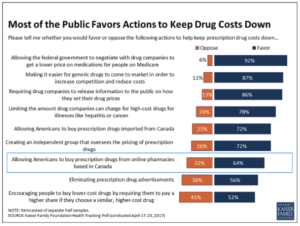 Nearly two-thirds of Americans like this idea. By an overwhelming two-to-one margin, a Kaiser Family Foundation
Nearly two-thirds of Americans like this idea. By an overwhelming two-to-one margin, a Kaiser Family Foundation 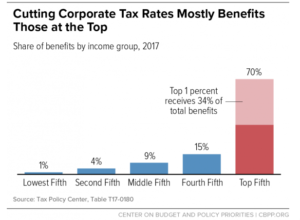 Yesterday, Minnesota House Republicans–following the lead of President Trump and congressional supporters like Representatives Lewis, Emmer and Paulsen–
Yesterday, Minnesota House Republicans–following the lead of President Trump and congressional supporters like Representatives Lewis, Emmer and Paulsen–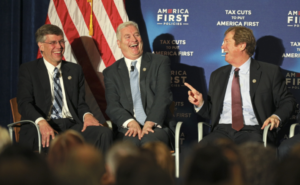 This week, statewide coverage
This week, statewide coverage 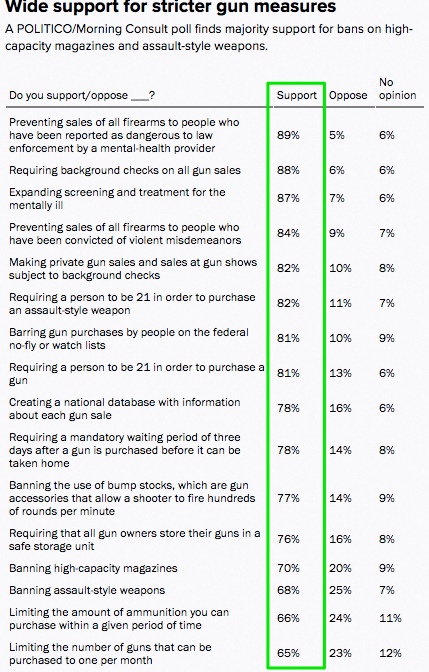 PUTTING NRA CONTRIBUTIONS OVER COMMON SENSE GUN PROTECTIONS. They have blocked
PUTTING NRA CONTRIBUTIONS OVER COMMON SENSE GUN PROTECTIONS. They have blocked  Unfortunately, Donald Trump is not on the ballot in 2018. If he was, polls indicate he would get
Unfortunately, Donald Trump is not on the ballot in 2018. If he was, polls indicate he would get 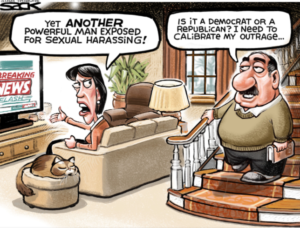 One of the primary rallying cries of the righteous defenders of Senator Al Franken is that he is being “denied due process.” Republican former Governor Arne Carlson was the latest in a long line of folks to make this righteously indignant
One of the primary rallying cries of the righteous defenders of Senator Al Franken is that he is being “denied due process.” Republican former Governor Arne Carlson was the latest in a long line of folks to make this righteously indignant 
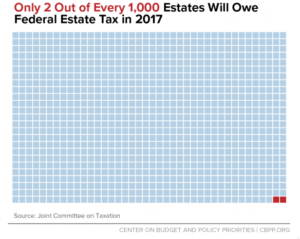 In the first year that Minnesota Republicans took full control of the Minnesota Legislature, they elevated Minnesota’s millionaire heirs and heiresses to the very top of their fiscal priority list. Representative Greg Davids (R-Preston) says the wealthiest Minnesotans should be able to “keep more of what their mothers and fathers and grandfathers and grandmothers have earned,” so Republicans significantly increased the’ estate tax exemption for millionaires.
In the first year that Minnesota Republicans took full control of the Minnesota Legislature, they elevated Minnesota’s millionaire heirs and heiresses to the very top of their fiscal priority list. Representative Greg Davids (R-Preston) says the wealthiest Minnesotans should be able to “keep more of what their mothers and fathers and grandfathers and grandmothers have earned,” so Republicans significantly increased the’ estate tax exemption for millionaires.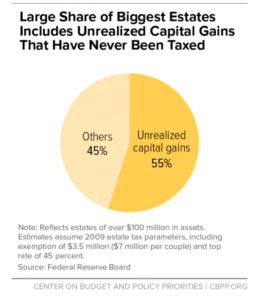 This is how intergenerational privilege perpetuates: Millionaire heirs and heiresses – having done nothing more than winning the birth lottery by being born into a wealthy family — are exempted from taxation, including for wealth that has already avoided taxation because it is
This is how intergenerational privilege perpetuates: Millionaire heirs and heiresses – having done nothing more than winning the birth lottery by being born into a wealthy family — are exempted from taxation, including for wealth that has already avoided taxation because it is 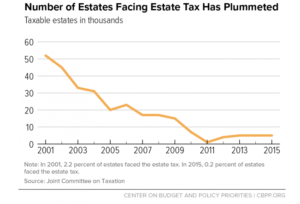 While today’s Republican Tea Partiers don Revolutionary War-era tri-corner hats while asserting that the estate tax is “Marxist,” the truth is that the estate tax has been strongly supported by a number of founding fathers.
While today’s Republican Tea Partiers don Revolutionary War-era tri-corner hats while asserting that the estate tax is “Marxist,” the truth is that the estate tax has been strongly supported by a number of founding fathers.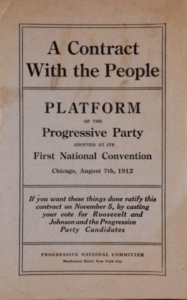 In 2018, progressive Governor Mark Dayton will be retiring, and Minnesota voters will be selecting a new chief executive. To retain control of the Governor’s office in 2018, Minnesota Democrats need a compelling policy agenda. It goes without saying that they also need a compelling candidate, but this discussion is about policy.
In 2018, progressive Governor Mark Dayton will be retiring, and Minnesota voters will be selecting a new chief executive. To retain control of the Governor’s office in 2018, Minnesota Democrats need a compelling policy agenda. It goes without saying that they also need a compelling candidate, but this discussion is about policy.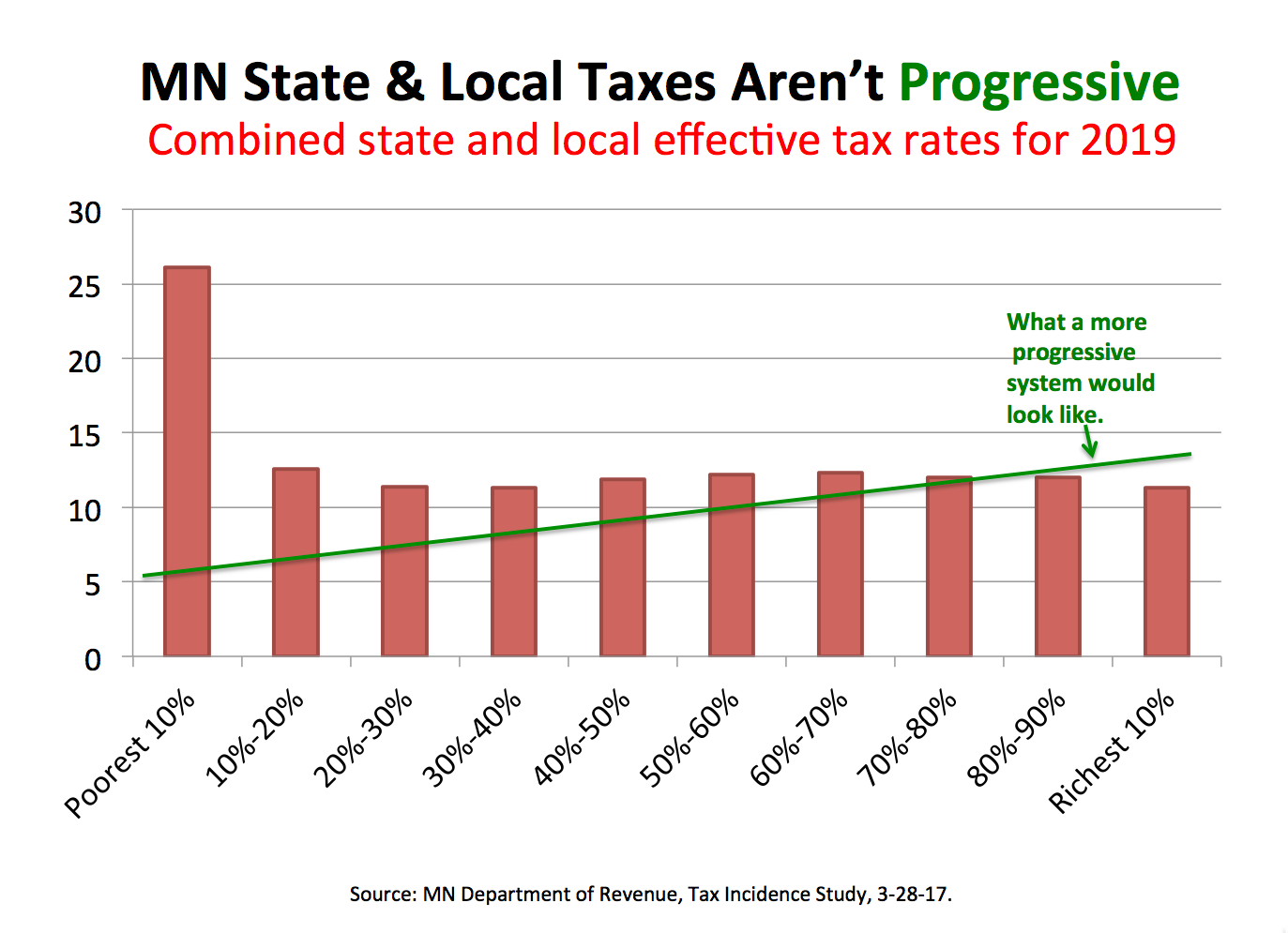
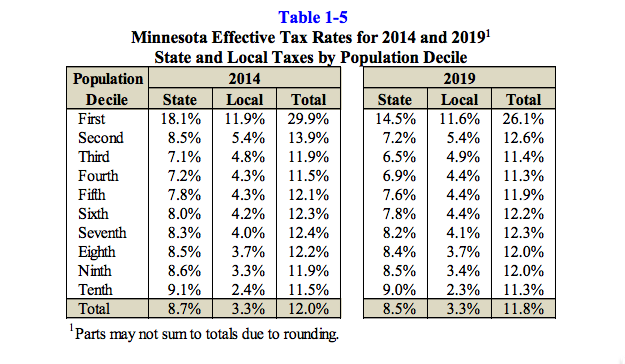
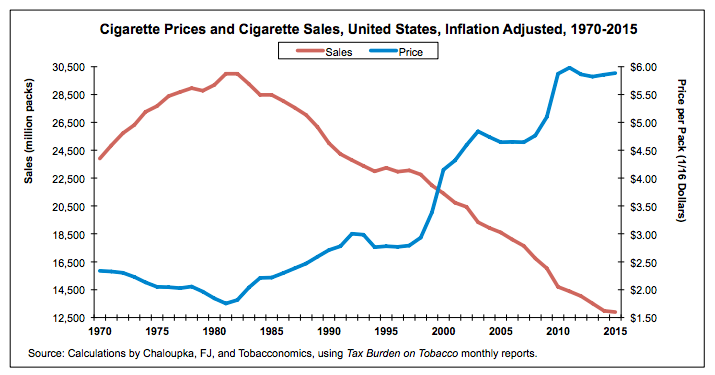
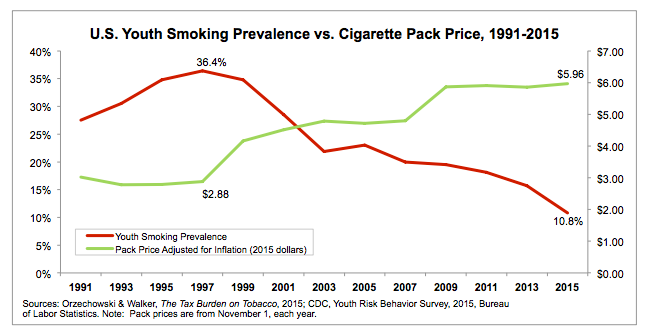
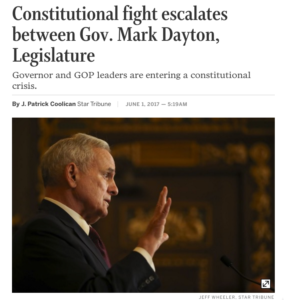
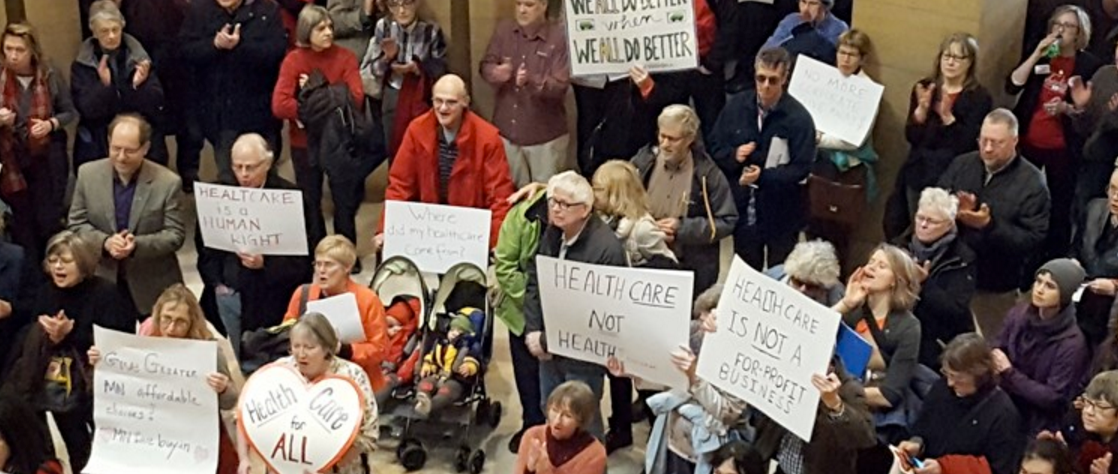
 As the 2017 Minnesota legislative session heads into the home stretch and President Trump is
As the 2017 Minnesota legislative session heads into the home stretch and President Trump is  Not Feeling The Mandate. Trump mandate? What mandate? Most Minnesotans don’t like Trump’s policies any better than they like him personally. About two-thirds (
Not Feeling The Mandate. Trump mandate? What mandate? Most Minnesotans don’t like Trump’s policies any better than they like him personally. About two-thirds ( Okay With O’Care. Then there is Obamacare. Republicans seem supremely confident that Obamacare is wildly unpopular. But a narrow plurality of Minnesotans actually is okay with it.
Okay With O’Care. Then there is Obamacare. Republicans seem supremely confident that Obamacare is wildly unpopular. But a narrow plurality of Minnesotans actually is okay with it.